NEW YORK, U.S.: Dentists and patients use a variety of treatments to manage temporomandibular disorders (TMD). In a new study, researchers have found that patients rate treatments such as splints and bite guards as less helpful than self-care treatments, such as jaw exercises or warm compresses.
“Oral appliances are a common first-line treatment for TMD, despite mixed research results regarding their benefit. Even when oral splints have been found to have some benefit, they have not been found to be as effective for patients who also have widespread pain in the treatment of myofascial TMD (mTMD),” said Vivian Santiago, assistant research scientist at the Department of Oral and Maxillofacial Pathology, Radiology and Medicine at New York University (NYU) College of Dentistry and the study’s lead author.
In the study, researchers explored what non-medication treatments women with mTMD use to manage their pain and how effective patients perceive the treatments to be. Of the 125 women examined, oral appliances were used by 59 per cent of participants, physical therapy by 54 per cent and at-home jaw exercises by 34 per cent. Less common treatments included acupuncture, chiropractic treatments, trigger point injections, exercise or yoga and meditation or breathing, with 2.4 participants using more than one kind of treatment. Additionally, 26 patients of the 126 had both mTMD and fibromyalgia, allowing researchers to determine whether treatment differed for patients with widespread pain.
According to the study’s results, 84 per cent of participants reported that self-care activities, including jaw exercises, yoga or exercise, meditation, massage and warm compresses, helped them at least a little. In contrast, only 64 per cent of those who used oral appliances reported that they helped a little. Of the women who used oral appliances, 11 per cent said that they had made their pain worse. The researchers did not find significant differences between the number of treatments reported by women with or without fibromyalgia.
“Oral appliances did not outperform self-management care techniques in improving facial pain. Our results support the use of self-management as the first line of treatment for mTMD before considering more expensive interventions,” said Karen Raphael, professor at NYU College of Dentistry and the study’s co-author.
The study, titled “Perceived helpfulness of treatments for myofascial TMD as a function of comorbid widespread pain”, was published on 8 January in Clinical Oral Investigations.
Tags:
XIAN, China: Reflux is an uncomfortable condition that can have negative effects on a patient’s oral health. In a recent study, researchers have ...
When there is alteration of any of the internal structures that make up the temporomandibular joint (TMJ), it can be said that we are facing possible ...
UMEÅ, Sweden: Orofacial pain, including pain associated with temporomandibular disorder (TMD), is a common chronic condition, affecting 10%–15% of the ...
Advances in technology in dentistry have rapidly improved diagnostics, streamlined treatments and made the dental chair a safer, more comfortable place. ...
CLEVELAND, Ohio, U.S.: Researchers at Case Western Reserve University’s School of Dental Medicine have found that about 7 percent of children between ages...
AARHUS, Denmark: Smoking can greatly affect periodontitis treatment—these are the findings of a recent study that investigated the influence of different ...
PISA, Italy: A newly published study from the University of Pisa has compared the efficacy of four different oral hygiene devices in reducing plaque and ...
ADELAIDE, Australia: Research undertaken at the University of Adelaide has examined whether an orthodontic treatment has an impact on psychosocial outcomes....
LONDON, England: More than a third of UK adults in a study by periodontal health brand Corsodyl experience bleeding gingivae at least once a month when they...
LONDON, UK: General dental practitioners (GDPs) now have clearer recommendations to which they can refer for successfully monitoring and managing oral ...
Live webinar
Mon. 12 January 2026
9:00 am EST (New York)
Prof. Judith Jones D.D.S; M.P.H., Prof. Kakuhiro Fukai D.D.S., Ph.D, Dr. Bathsheba (Bethy) Turton
Live webinar
Wed. 14 January 2026
12:00 pm EST (New York)
Dr. Théo Laplane, Dr. Robert Gottlander DDS
Live webinar
Fri. 16 January 2026
12:00 pm EST (New York)
Live webinar
Mon. 19 January 2026
1:00 pm EST (New York)
Philipp Kopp, Michael Seeber
Live webinar
Thu. 22 January 2026
2:00 pm EST (New York)
Dr. Nicola M. Grande DDS, PhD
Live webinar
Wed. 28 January 2026
8:00 am EST (New York)
Live webinar
Wed. 28 January 2026
11:00 am EST (New York)
Prof. Dr. Jan-Frederik Güth



 Austria / Österreich
Austria / Österreich
 Bosnia and Herzegovina / Босна и Херцеговина
Bosnia and Herzegovina / Босна и Херцеговина
 Bulgaria / България
Bulgaria / България
 Croatia / Hrvatska
Croatia / Hrvatska
 Czech Republic & Slovakia / Česká republika & Slovensko
Czech Republic & Slovakia / Česká republika & Slovensko
 France / France
France / France
 Germany / Deutschland
Germany / Deutschland
 Greece / ΕΛΛΑΔΑ
Greece / ΕΛΛΑΔΑ
 Hungary / Hungary
Hungary / Hungary
 Italy / Italia
Italy / Italia
 Netherlands / Nederland
Netherlands / Nederland
 Nordic / Nordic
Nordic / Nordic
 Poland / Polska
Poland / Polska
 Portugal / Portugal
Portugal / Portugal
 Romania & Moldova / România & Moldova
Romania & Moldova / România & Moldova
 Slovenia / Slovenija
Slovenia / Slovenija
 Serbia & Montenegro / Србија и Црна Гора
Serbia & Montenegro / Србија и Црна Гора
 Spain / España
Spain / España
 Switzerland / Schweiz
Switzerland / Schweiz
 Turkey / Türkiye
Turkey / Türkiye
 UK & Ireland / UK & Ireland
UK & Ireland / UK & Ireland
 Brazil / Brasil
Brazil / Brasil
 Canada / Canada
Canada / Canada
 Latin America / Latinoamérica
Latin America / Latinoamérica
 USA / USA
USA / USA
 China / 中国
China / 中国
 India / भारत गणराज्य
India / भारत गणराज्य
 Pakistan / Pākistān
Pakistan / Pākistān
 Vietnam / Việt Nam
Vietnam / Việt Nam
 ASEAN / ASEAN
ASEAN / ASEAN
 Israel / מְדִינַת יִשְׂרָאֵל
Israel / מְדִינַת יִשְׂרָאֵל
 Algeria, Morocco & Tunisia / الجزائر والمغرب وتونس
Algeria, Morocco & Tunisia / الجزائر والمغرب وتونس
 Middle East / Middle East
Middle East / Middle East
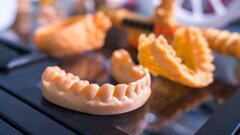
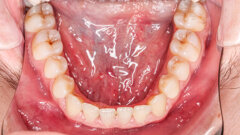

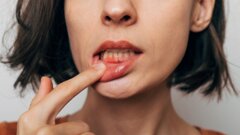



















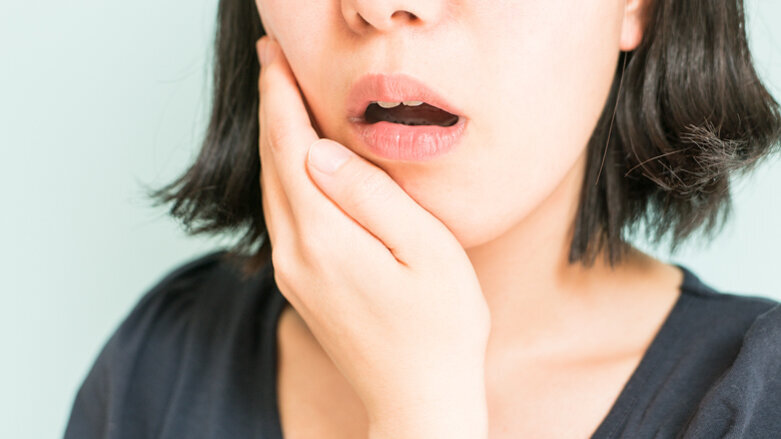




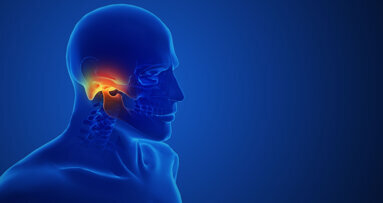
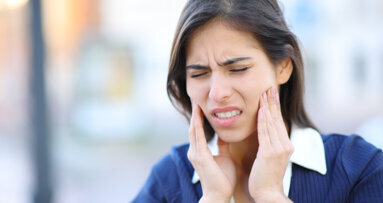


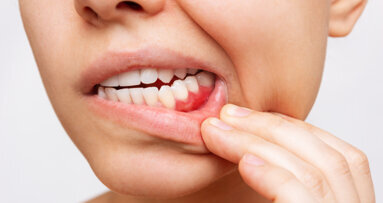
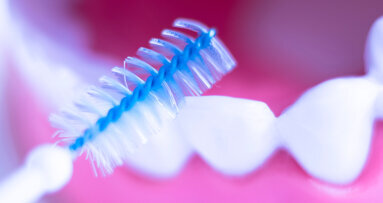
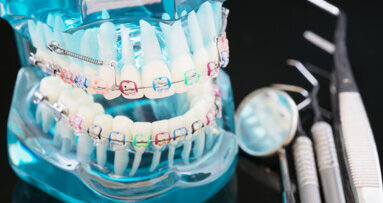
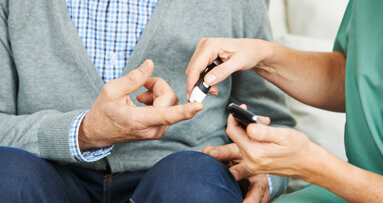
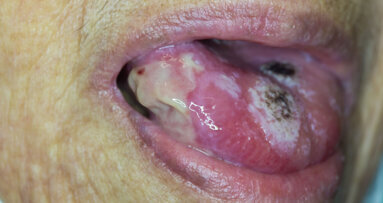










What are the best jaw exercises for TMD?